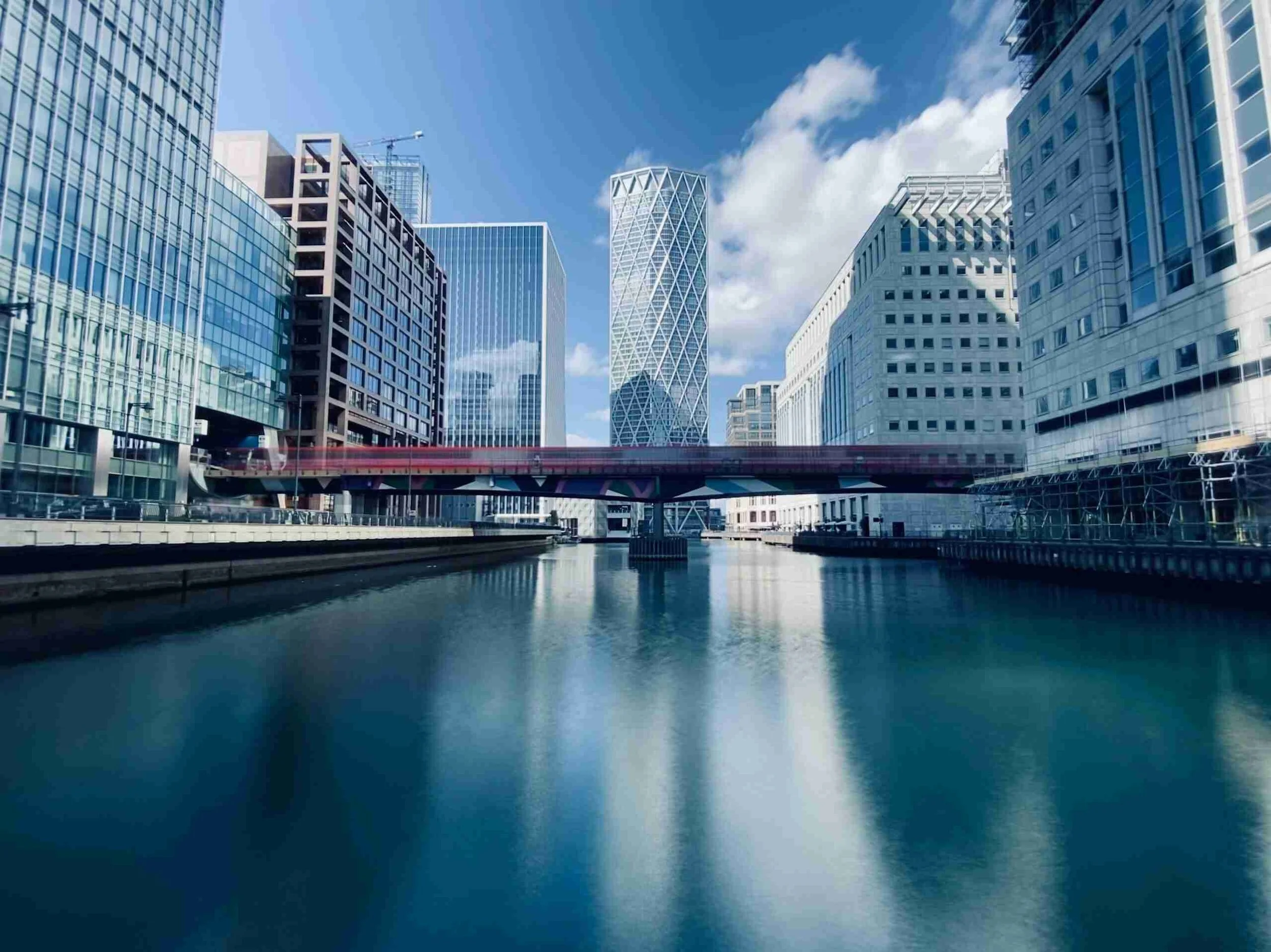2000s to Present : Canary Wharf: From Financial Powerhouse to Dynamic Urban Hub
The Transformation into a Global Business Centre
As the new millennium swung into motion, Canary Wharf’s regeneration vision finally blossomed into something remarkable. It’s hard to overstate what a gamble this was back in the ’80s—a neglected docklands, once the beating heart of London’s shipping industry, left to rot. But by the 2000s, that gamble had paid off spectacularly. The glass towers of Barclays, HSBC and JPMorgan now glittered where cranes once screeched, and more than 100,000 people were buzzing around like bees in a hive.
Rapid Expansion and Connectivity Boost (2000s)
Watching Canary Wharf grow in the 2000s was a bit like seeing a shy teenager suddenly hit their growth spurt. New office blocks sprouted up, and fancy apartments started popping up like mushrooms after rain. But it wasn’t just about putting up buildings—something bigger was happening beneath the surface.
The arrival of the Crossrail station, which would later become the Elizabeth Line, was a game-changer. Suddenly, Canary Wharf wasn’t the slightly isolated financial fortress it used to be—it was plugged straight into the heart of London and beyond. That Crossrail Place development with its rooftop gardens and buzzy restaurants? It gave the place a bit of soul, a reason for people to hang around after 5pm instead of disappearing back to Zone 1.
Resilience After the 2008 Financial Crisis
Then came 2008. The financial crash hit Canary Wharf like a hammer blow. It wasn’t just another tough day at the office—it was a real gut punch. Jobs disappeared, deals fell apart, and uncertainty took hold. You could feel the tension in the air.
But here’s where the story gets interesting. Instead of folding under pressure, Canary Wharf dug in its heels. The big banks battened down the hatches, while a fresh wave of tech, legal and media companies saw opportunity where others saw risk. This mix of old guard and newcomers gave the district a new rhythm, helping it bounce back stronger and more versatile than before.
A New Face: Lifestyle Meets Business (2010s–2020)
The 2010s saw Canary Wharf start to shed its suit-and-tie reputation. Luxury flats, buzzing cafés, rooftop bars and public art started to make their mark. What was once a ghost town after 6pm began to hum with life, as people realised this was somewhere worth living, not just working.
Green spaces and cultural venues popped up, making the district feel less like a corporate fortress and more like a neighbourhood with personality. The community grew, diverse and vibrant—proof that you could have your spreadsheets and your street food.
Looking Ahead (As of 2020)
By 2020, Canary Wharf wasn’t just a financial powerhouse; it was a living, breathing part of London’s story. From derelict docks to gleaming skyline, from quiet nights to lively weekends, it had transformed in ways that surprised even its most optimistic fans.
And while the next chapters were still unwritten, one thing was clear: Canary Wharf had found its footing as a place where ambition meets everyday life, ready to take on whatever the future throws its way.


